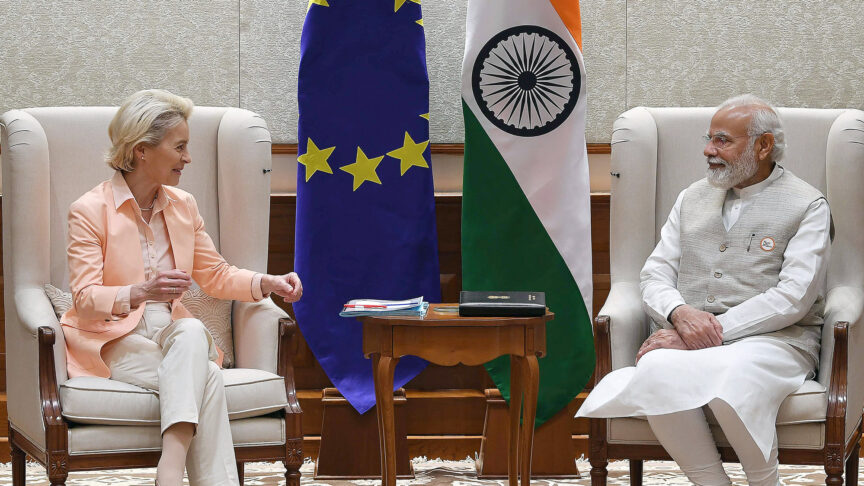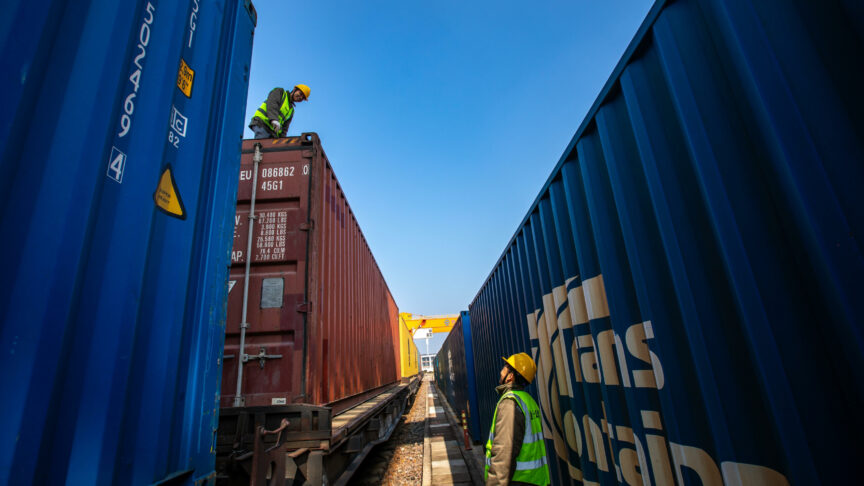The real Taliban
The Taliban in Afghanistan are often portrayed as a single, monolithic entity. They’re not.
THIS ARTICLE FIRST
APPEARED ON THE GUARDIAN‘S COMMENT IS FREE
The real Taliban
In the early days of the cold war, many experts in the US
government believed that the Kremlin orchestrated the world’s communist
movements. The idea was called “monolithic communism”, and it turned
out to be wrong.
The fallacy was exposed when rivalries emerged between communist regimes in
East and South Asia. In 1972 the White House
changed course and made one of the most important moves of the cold war: Nixon’s visit to
China. By then, though, the US
had spent years failing to appreciate the real nature of its enemies and the
threat they posed.
Today, the US
and its allies have a new enemy: the
Taliban. As Nato
soldiers become bogged down in the hardest close-quarter combat they’ve seen in
years, Afghanistan’s
insurgents have acquired a familiar characteristic. In both the media and
parliament, they are routinely described as though they were a monolithic
enemy. This isn’t just likely to be counter-productive: it may even harm Nato’s
war effort.
For one thing, stereotyping the Taliban makes it seem like a
larger fighting force than it actually is. As Seth Jones, a US
counterinsurgency expert who has advised senior Nato commanders, says:
“Reading the newspapers you would think the Taliban is ten feet tall and
invincible.” The truth is much more complex.
The Taliban has grown in popularity, and it can be tenacious
and, at times, extremely effective. But it is increasingly more fragmented, in
part because it has accepted fighters with a wide range of motives for joining,
from personal profit to vengeance to religious fundamentalism. Although some
leaders want restore the Taliban regime of the late 1990s, many others just
want to organise their lives around a conservative Islamist creed.
In fact, there are three disparate groups of insurgents
fighting in Afghanistan
today. There is the “real” Taliban, led by Mullah
Omar and organised by the so-called Quetta Shura,
a council of insurgency leaders who meet in Baluchistan and, recently, in
Karachi. The “real” Taliban operates in the south and has
collaborated with drug-smugglers and other criminals for several years.
Then there is the so-called Haqqani network, led by
the former mujahideen warlord Jalaluddin Haqqani and his son Siraj Haqqani.
They fight mainly in the east. Third, there is a collection of insurgent groups
which includes al-Qaida. Some analysts estimate that there are only around
1,000 hardcore al-Qaida fighters – a fraction of the 10,000 fighters thought to
be part of the overall insurgency.
Although these disparate groups collaborate, they also fight
one another. They do not have the same aims, except in the broadest sense of
opposing Nato. Nor do they use the same tactics: intelligence reports suggest
that Mullah Omar has encouraged his followers to use as little violence as
possible towards the local population, to avoid losing popular support.
Acknowledging this political complexity is necessary for the
war effort. If all insurgents are seen solely as the Taliban – as a monolithic
group of fighters plotting the next 9/11 – there’s no option but to fight them
to the death using all the force that Nato can muster. They cannot be
contained, so they must be eradicated, the argument goes. Such an approach
wouldn’t require any civilian reconstruction, because if every insurgent is a
crazy Islamist hell-bent on anti-western terrorism, then there’s little point
in improving their lot.
Nor does that approach require any political outreach. After
all, who talks to nihilistic terrorists? But it would require an additional
300,000 troops, a figure so high the government would need to reinstate
national service. Given that the public is unlikely to bear either such a cost
or the necessary slash-and-burn warfare, it would merely be a matter of time
before the Nato mission became unsustainable.
However, if the insurgency is seen for what it is – a
complex phenomenon that has drawn in a range of actors, including some
fanatical Islamists – then it’s possible to create a counterinsurgency strategy
that relies not only on military means, but also on civilian reconstruction and
a political solution.
Such a strategy wouldn’t require hundreds of thousands of
(non-existent) troops. Nor would it require the complete (and probably
impossible) defeat of the insurgents. For both of these reasons, such a
strategy is more likely to succeed and win public support.
The White House took far too long to realise that its
analysis of communism was flawed. Once it did, it brought about a supremely
important shift in the balance of power. Nato leaders need to recognise that
the fundamental tenet upon which that shift was based – that the enemy isn’t a
monolithic bloc – is equally valid in Afghanistan today
Daniel Korski’s new policy brief, Shaping Europe’s Afghan Surge, is available to download here.
The European Council on Foreign Relations does not take collective positions. ECFR publications only represent the views of their individual authors.


